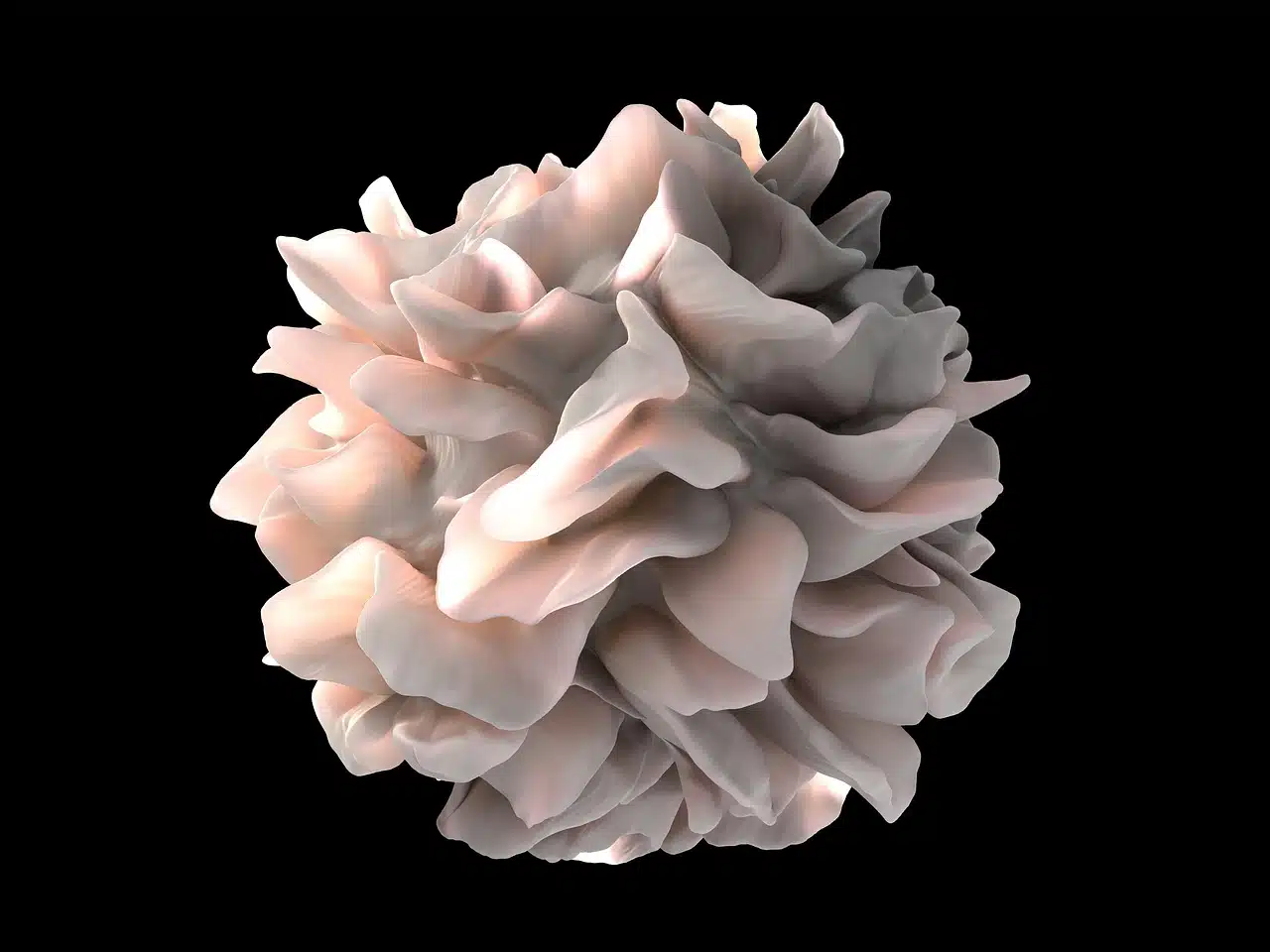
Eye of an insect captured by a photomicrograph
Microphotography is the technique applied to shrink the image of some object . This is the first meaning that the Royal Spanish Academy (RAE) mentions in its dictionary.
microscopic photography
Photomicrography can also be a photograph of a microscopic object . In this case, to obtain it you must use a camera with special characteristics, designed specifically for capturing small objects. When microphotography is made of something that is observed through an electron microscope , it is called electron microphotography .
To photograph microscopic objects, you can dabble in microphotography with a digital camera, a microscope and an adapter. In this way, images of tiny pieces are recorded.
It is important to mention that there are those who call this process photomicrography or microscopic photography . According to this position, microphotography would be exactly the opposite: taking miniature-sized photos.
What is meant by photomicrography, ultimately, depends on the context. It can consist of reducing the image of a large object or, on the contrary, enlarging the image of a microscopic object .
Rene Dagron
The French inventor and photographer René Dagron ( 1819 – 1900 ) was the one who patented for the first time a process that allows obtaining microphotographs in the first of the aforementioned senses. With his technique , small images of much larger elements could be achieved.
In the 1850s, Dagron began experimenting with techniques to reduce the size of photographic images, with the goal of producing miniature photographs. He pioneered the application of large-scale photomicrography techniques and made significant advances in understanding and improving the quality of images at very small sizes.
One of Dagron's most notable contributions to photomicrography was his invention of the photographic microscope , a device that allowed an enlarged image of a microscopic object to be projected directly onto a photographic plate. This revolutionary invention opened new possibilities for the documentation and study of objects at the microscopic level, and laid the foundation for the later development of photomicrography.
Micrography
Microphotography can be associated with micrography : this is the name of the description made of what is observed through a microscope. When what is observed is captured in an image, it is a microphotograph.
Micrography is an art form that has been around for centuries and has been used in different cultures and contexts to express ideas, emotions and convey messages on a microscopic scale. In different religious traditions, such as Judaism and Islam, sacred manuscripts have been produced in which religious texts are written in microscopic size.
Electron microphotography
Electron photomicrography is a specialized branch of photomicrography that uses electronic technology to obtain high-resolution images of objects at a microscopic level . Unlike conventional optical microscopy, which uses visible light to illuminate samples, this uses electron beams to generate images of greater detail and magnification.
There are two main electron microphotography techniques: transmission (TEM) and scanning (SEM) . In the first, electrons pass through the sample and are collected to form an image. This technique allows visualization of internal structures and provides extremely high magnification, which is useful for the study of biological materials, cells and tissues.

Microphotography emerged in the mid-19th century.
On the other hand, in SEM, the electron beam scans the surface of the sample, and the secondary electrons generated to form the image are detected. This technique provides three-dimensional images of the surface of samples with very high resolution, ideal for the analysis of material topography and the observation of surface characteristics.
Electron microphotography has revolutionized the way we study and understand the world at a microscopic level . Thanks to its ability to reveal details at unthinkable scales , this technique has contributed significantly to fields such as nanotechnology, cell biology, materials science and electronics.
